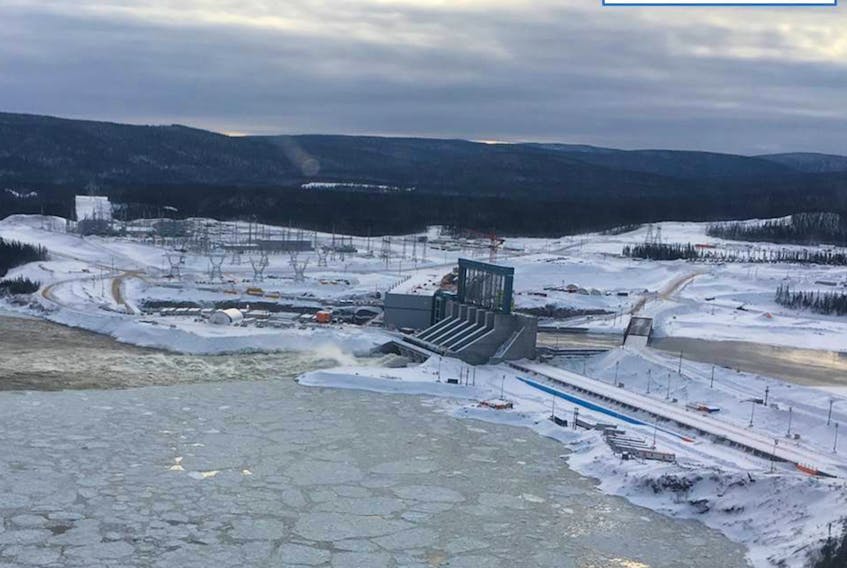“All truths are easy to understand once they are discovered; the point is to discover them.” — Galileo Galilei
A former embedded contractor with Muskrat Falls says they’re tired of being seen as part of the reason why costs skyrocketed on the $12.7-billion hydroelectric project, and says it’s time the public knew more about the set-up of the so-called “shadow workforce.”

The person works in the private sector now, but worries there could be professional repercussions if they were seen as someone willing to go public, so I’m protecting their identity.
“We’re well aware of the pitfalls of talking — what it can do for your career,” the person said. “I’ve never ever reached out to the media before, but I do think that there has to be some balance.”
If people want to pinpoint where cost overruns occurred, they said, consider how construction was pushed through Labrador winters under a company unfamiliar with such harsh conditions.
It’s not unusual for large-scale projects to hire specialized employees for short-term contracts, particularly during initial construction — think Hibernia, or Long Harbour’s Vale nickel operation. The difference with Muskrat Falls is that the paycheques are written on a public account.
"There are very different feelings when there’s a private corporation versus a public enterprise. People think there was a lot of skeetiness involved… But I worked hard, and other people worked hard."
News coverage has cited a lack of transparency surrounding embedded contractors’ pay — which is protected to a degree by legislation — and that lack of information has raised public suspicions.
The former contractor understands people’s wariness.
“I think it’s because there’s a lot of money involved and no one’s taken the time to explain it. There are very different feelings when there’s a private corporation versus a public enterprise. People think there was a lot of skeetiness involved… But I worked hard, and other people worked hard.
“People weren’t given a choice about being an employee or being a contractor. “Nalcor made it very clear that they did not want to hire people as permanent staff to work on the project.”
Hourly rates for embedded contractors have been reported as being between $100 and $250, depending on the work.
Contrary to news coverage that described some duties as routine, the contractor said it was often specialized and demanding, and what they earned was about 40 per cent less the billing rate, once the costs of setting themselves up as individual businesses and paying for their own benefits was factored in. It might still sound like a lot, they said, but it was less than going rates for similar work in the private sector.
Nalcor hired contractors, the person said, in order to avoid paying the mandatory employment-related costs associated with hiring employees.
“They did not want to have to deal with pension, CPP, EI, health and dental, life insurance, disability insurance, or severance payments once the project ended. Many contractors would have preferred to work as permanent employees. It would not be entertained by Nalcor. … There was no vacation, no family leave, no sick leave, no bereavement leave. There was no security.
“While you could only be paid for eight hours a day, most people were working well beyond that. Therefore, their rate was significantly watered down even more. Additionally, when contractors submitted an invoice, they were often waiting 60 days to be paid.”
So, why take the job and the hassle?
The former contractor says when Muskrat Falls was being trotted out by the government and Nalcor, wrapped tightly in a cloak of provincial pride, it was seen by many people as an opportunity to right the wrongs of the Upper Churchill deal.
“Every day we were going into that office and trying to do the right thing for Newfoundland and Labrador. Then we were being blasted in the media as being overpaid idiots. There was open resentment on the part of the Nalcor employees (about how much we were paid). Look at the sunshine list to see what they were making. … It was intense. They had people protecting them. … We couldn’t risk speaking out. But I did it because I saw this as a way for Newfoundland to have pride — that we were smart enough, that we could do this.
“As is the case now, you could possibly have significant damage to your professional reputation for being part of it.”
Email [email protected]. Twitter: pam_frampton









